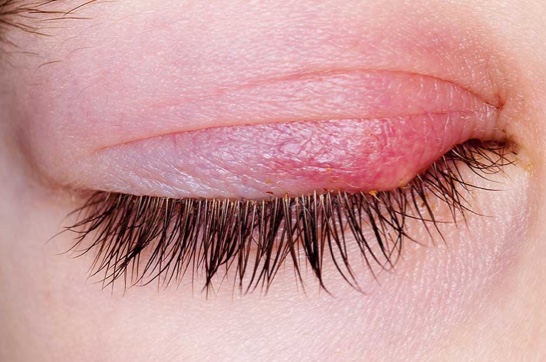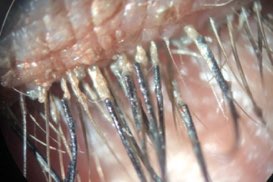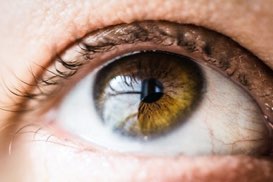Your tears provide nutrition to your eyes, protect them from infection and keep them lubricated and comfortable. Dry eye results from a decrease in the quantity and/or quality of the tears produced or when there is an increased rate of evaporation of tears from the surface of your eyes. This can cause the eyes to feel irritated, tired, scratchy and uncomfortable; they may appear red and burn. Dry eye is the most common eye condition encountered by optometrists and ophthalmologists. Its incidence has increased over the past two decades due to the increasing use of computers, contact lenses, air travel, poor air quality, increase in environmental allergies, etc. There can be significant long term health consequences for your eyes if dry eye is not properly addressed and treated. Untreated, chronic dry eye becomes increasingly uncomfortable adversely affecting your quality of life, even leading to desication of the skin on the front of your eyes with scarring, and an increased incidence of infection with potentially serious visual impairment. Thankfully, the scientific community has developed excellent technology to accurately diagnose dry eye, and has developed many effective treatments.
Your eyes are moistened by two different types of tears: lubricating tears and reflex tears. Lubricating tears are produced continuously to moisturize your eyes and contain natural infection fighting agents. Reflex tears are produced in response to sudden irritation (smoke, onions, foreign particles), injury or emotion. Although irritation from dry eye can trigger reflex tears which flood the eye, reflex tears do not have the proper lubricating composition. In this setting, watery eyes, or tearing, are actually symptoms of dry eye.








